Hyaluronic acid is a carbohydrate that our bodies, and the bodies of other animals, produce naturally. Foods high in hyaluronic acid keep our skin moist, plump, and youthful, and have other anti-aging benefits as well.
Scientists have studied an isolated village in Japan called Yuzurihara, nicknamed the town of youth was as the villagers show few signs of aging well into their 90’s. Scientists determined that their diet encouraged the production of hyaluronic acid, and the HA was responsible their good health and exceptional skin.
Many skin care serums, creams, and even injectables such as Restylane, are composed of hyaluronic acid, and adding foods high in hyaluronic acid to your diet plan is a good idea for your skin and general health. Supplementing may not have the same benefits.
[amazon box=”B01GUK7NV2,B0090UJFYI,B01HOHBS7K,B00LUA11EI,B00K32VXTW” template=”table”]
Below we’ll explore both foods that are naturally rich in HA and foods that are known to encourage the production of HA, which is equally important.
[thrive_leads id=’2893′]
1. Meats and Fish
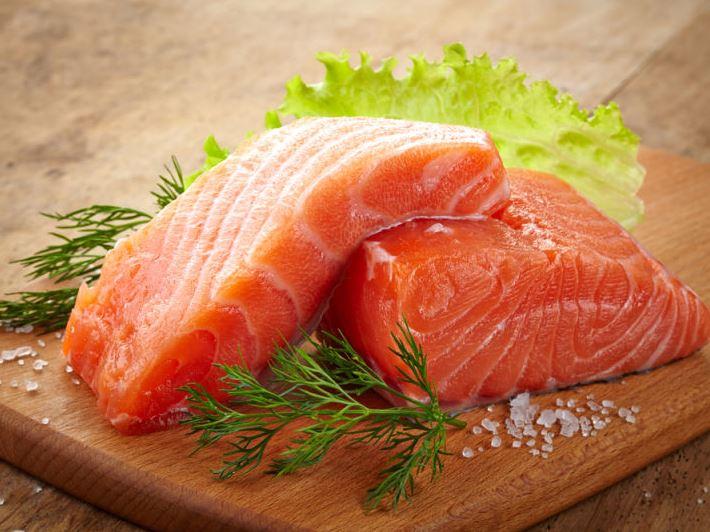
All animals have HA in their cells. Skin is a particularly rich source of HA, so try your salmon or chicken skin-on once in a while, if you don’t already do so. Salmon skin is also an excellent source of Omega 3s.
If you are vegan or vegetarian, fear not. The study of Yuzurihara notes that the population there eats very little meat. Bear with us and we’ll get to the veggies.
2. Organ Meats
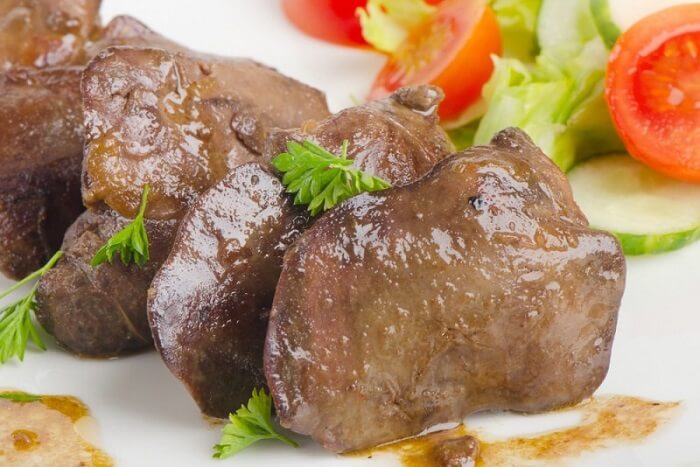
You may not love liver alone but surely you like fois gras? Use your foodie side to your advantage and rest assured that red wine is going to appear on this list to compliment a nice pate. Organ meats are foods high in hyaluronic acid, and can be enjoyable as well.
3. Bone Broth

There are several ways to incorporate bone into your diet, even if ‘bone broth’ sounds odd. Bone broth is a one of the foods high in hyaluronic acid and the basis of beef or chicken stock. It’s also in the juices that flow out of bone-in roast pork and pot roasts.
If you like gravies or consomme but don’t care to make your own, good, natural products can be found at health food stores and groceries. You’re looking for a low or no sodium liquid or paste product, not a dry powder. You can use this to make soup, in gravies, or as a tasty addition to dressings.
4. Bananas
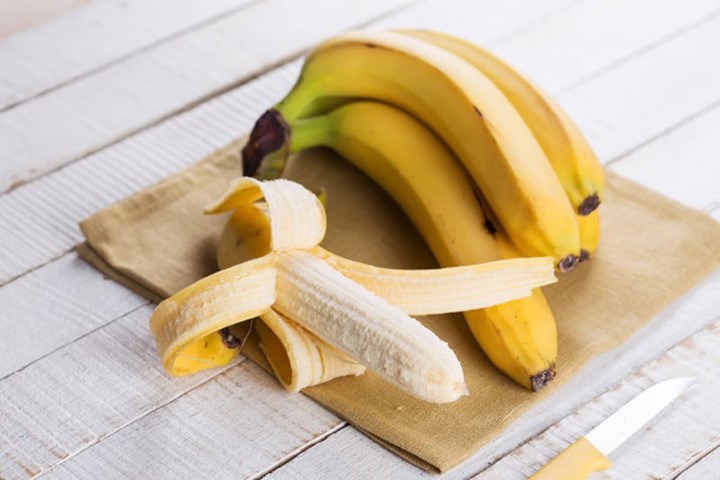
Bananas are one of the only fruits known to be rich in hyaluronic acid. They are also rich in potassium and other essential nutrients, such as magnesium, which encourages your body to make more HA.
Bananas are wonderful in smoothies, even if you don’t care for eating them plain.
5. Sweet Potatoes and other Root Vegetables
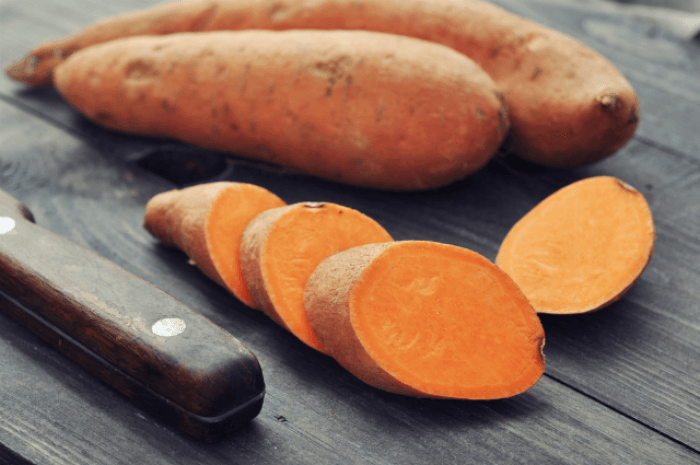
Sweet potatoes, which always are on the lists of foods high in hyaluronic acid, actually do not contain much HA at all. However, they contain magnesium and other components that encourage our bodies to produce HA.
The study of the Japanese village that we mention above found that while the villagers had very high levels of HA, their diet, which includes a notable amount of root vegetables, was not in itself rich in HA. Instead, their diet encouraged their own bodies to produce more of this essential carbohydrate.
If you are interested in exploring the other root vegetables that are eaten in Yuzurihara, a list can be found in this article. Interestingly, most of them can be readily found in the US, and the sweet potatoes are the same.
6. Soy Products
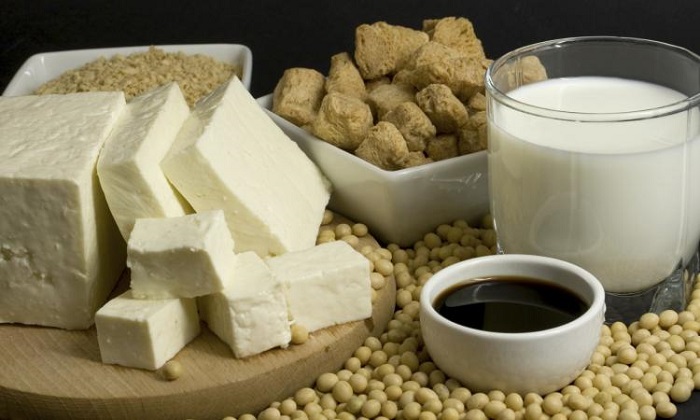
Like sweet potatoes, soy (such as soy milk, soy sauce, and tofu) is not on the list of foods high in hyaluronic acid. However, soy contains phytoestrogens, and it is thought that phytoestrogens help our bodies produce HA.
Phytoestrogens are naturally occurring substances that mimic the estrogen that our bodies produce until menopause. After menopause, increasingly reduced estrogen levels affect our HA levels. Don’t worry; soy products are also good for men, when not taken in excess.
7. Red Wine
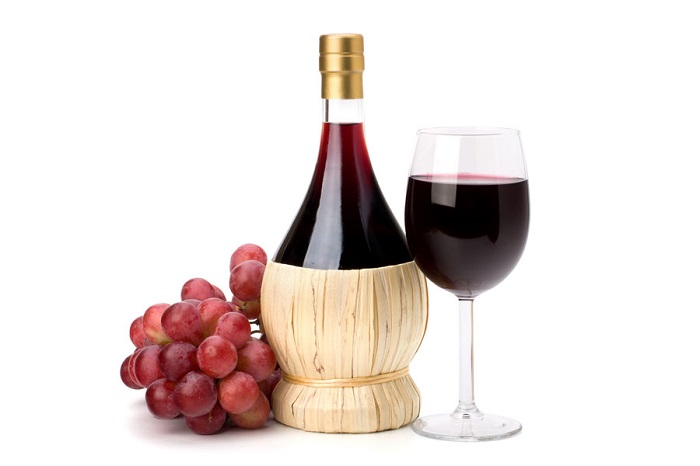
As with soy, red wine is high in a phytoestrogen called reservatrol, rather than high in HA itself. A nice glass of wine will also go wonderfully with your pate. It’s the red grape skins that contain the good stuff, so white wine isn’t a substitute.
You can also eat red grapes or drink grape juice (the purple kind) for a reservatol boost.
8. Avocados
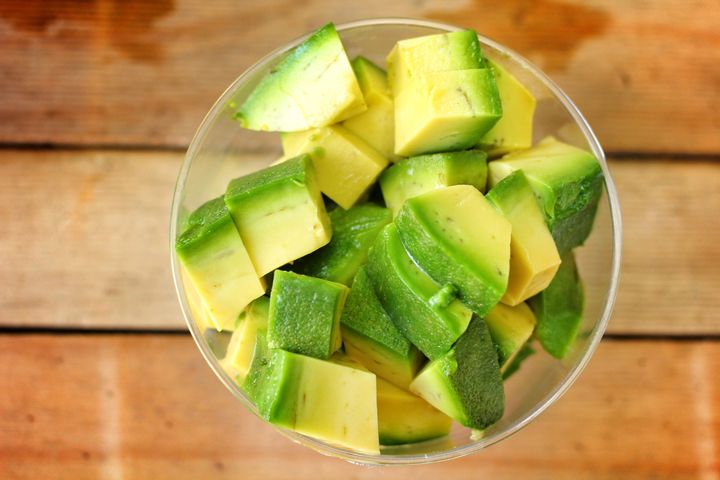
Avocados are a true superfood for the skin, rich in magnesium, vitamin E, and healthy saturated fat, the good fat that may even encourage weight loss. The magnesium content of avocados is what encourages our bodies to produce more hyaluronic acid.
Delicious, vegan friendly avocados are delicious on their own or in guacamole. Unripe avocados are hard to the touch but a few days at room temperature will ripen them.
9. Broccoli and Asparagus

Broccoli and asparagus are high in both magnesium and vitamin C,they contain plenty of vitamin C and other nutrients that encourage your body to produce more HA.
10. Brown Rice and Whole Grains
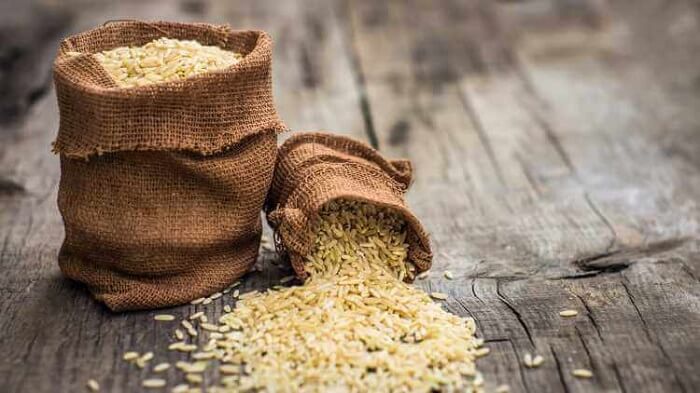
Brown rice and other whole grains are very high in zinc. The ‘standard American diet’ doesn’t include much zinc or magnesium. Zinc deficiency, which is very common, has an impact on how much hyaluronic acid our bodies are able to produce.
Summing Up
Hyaluronic acid is found in your skin, tendons, the connective tissue in your joints, and in other membranes, such as those that keeps your eyes moist. People with osteoarthritis show low levels of HA, especially in the affected joints. Eating foods high in hyaluronic acid and foods that promote the production of HA is beneficial for your skin and health in general. Next time you enjoy a glass of Shiraz, make a toast to hyaluronic acid. It’s your friend.
